The digital age has given students and teachers virtually instant access to more information than ever before. Most of today’s students have grown up without analog clocks, dial-up and/or landline phones. The internet provides almost instant gratification and is arguably the most influential tool in a student’s life. One side affect of our digital world can be seen in classrooms around the world; where students interface with various forms of technology in order to perform even the most mundane tasks or assignments. Group collaborations are had via Google meets, literature reviews and political commentary are done via Twitter, and assignments are submitted via audio-visual platforms like YouTube. What is even more intriguing is the speed at which today’s students learn to navigate these digital platforms; without books, manuals, or lessons. Today’s student processes information differently than those even 10 years ago, and even greater difference exist between this generation of students and Baby Boomers or even the Gen Xers who initiated the digital age.
Keeping this in mind, teachers must now design lessons and assessments that engage the students they teach TODAY, not those that sat alone side them when they were in school. Embracing the way today’s students learn is how we successfully prepare them for life after high school.
With the switch to remote learning, due to Covid-19, teachers are looking for ways to engage students in an efficient and sustainable way. Exhibitions of learning, EOLs, are a means to use problem/project-based learning that utilizes the plethora of digital tools available on the internet.
The process involves
- Identifying a theme or essential question
- Determining the skills students must demonstrate in order to be successful in addressing the theme or question (this is the formation of your rubric)
- Backwards mapping the sequence of tasks and skills needed for demonstration; including progress monitoring/formative assessments and tech support/tutorials
- Allowing student voice and choice in the submission of their final EOL
- Providing a delivery platform for the final EOLs
EOLs can be cross-curricular. The YCCS competency standards allow for cross-cutting competencies to be applied to assessments so that students can demonstrate their level of competency across content areas. The development of transferable skills that last well into post-secondary life is one of YCCS’s goals in switching from the traditional educational model to competency-based.
So what can this look like? 1st have a plan. The EOL Unpacking worksheet and the EOL Curriculum Planning Guide can help you plan and align standards from various and identify targeted strategies to help students succeed.
Sample Digital ELA/Humanities Unit
Avoiding the Path to Panem
Students use evidence from the text to infer what events or series of events might have led to Katniss’s world. Students use primary source documents found through research to support their analysis. As students’ expertise emerges, they communicate and inform others about how we can avoid a similar path in our world. They check in with Experts in the field to help them think about their analysis. The culminating task of this Project Based Unit is for students to write an informative essay analyzing the evidence of a social, political or environmental issue we face (e.g. sustainability, poverty, war, racism, economics) that may have led us to Katniss’s world. Included in this analysis are specific recommendations of what can be done now to avoid this scenario. Students present their analysis and recommendations through a social network space that you may know—Glogster—with a call to action and an opportunity for others to respond to the vexing problems of our world. (Educurious, digitallearningday.org)
Text: Hunger Games by Suzanne Collins
